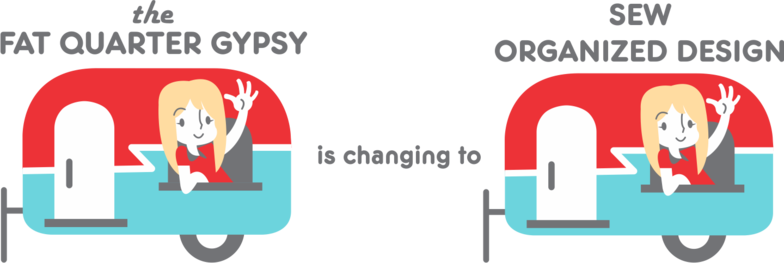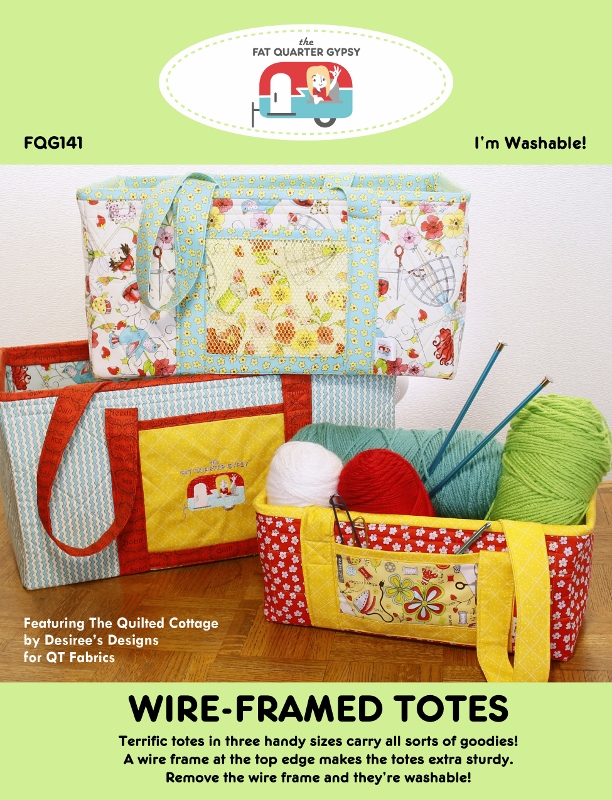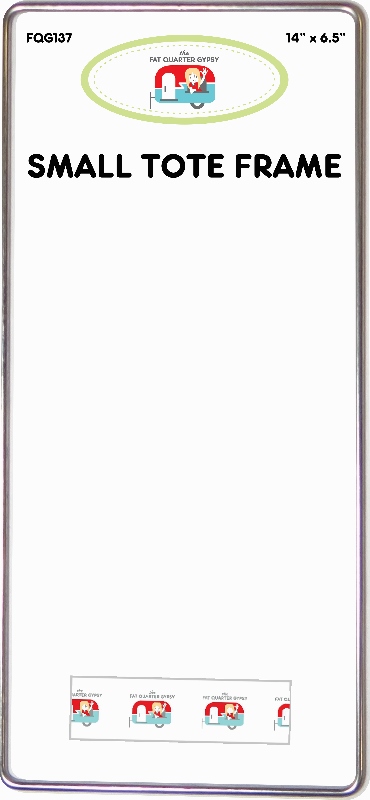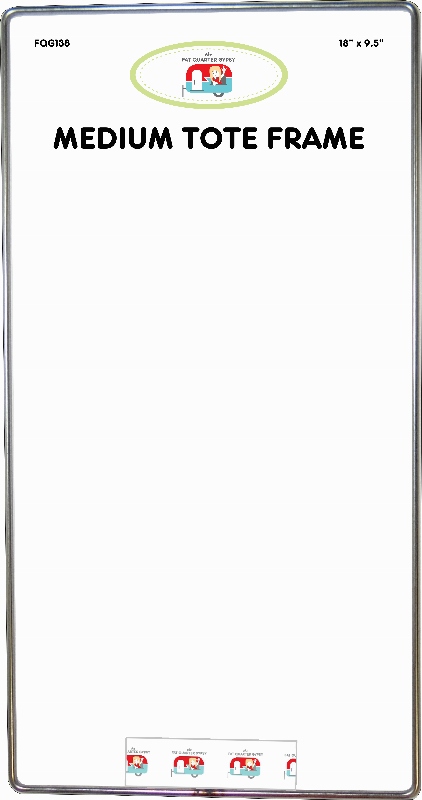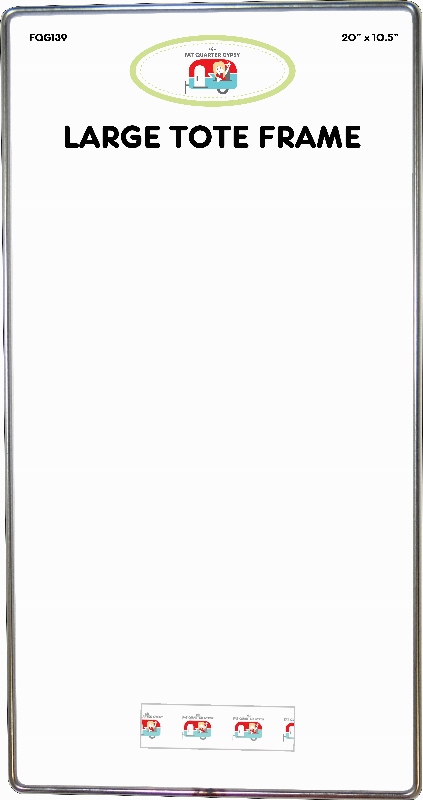Wire-Framed Totes Pattern - Tips and Tricks
Here are some tips and tricks to help you as you sew your wire-framed tote.
Notes in red are future pattern clarifications I will be making. You may want to note them directly in your pattern.
Note: This pattern has a skill level of Intermediate.
FQG141 Wire-Framed Totes
Terrific totes in three handy sizes carry all sorts of goodies! A wire frame at the top edge makes the totes extra sturdy. Remove the wire frame and they're washable! Hook and Loop tape holds the wire frame securely in place. You can use foam for stiffer sides or a batting for softer sides.
Tote Frames Sold Separately
FQG137 Small Tote Frame 14" x 6.5"
FQG138 Medium Tote Frame 18" x 9.5"
FQG139 Large Tote Frame 20" x 10.5"
Skill Level: Intermediate
Foam Information:
Bosal #439-C In-R Form roll of foam.
18" x 58"
Works for small and medium only!
Bosal #439-D In-R Form roll of foam ~ New!
20" x 58"
Works for all 3 sizes!
#439-D is replacing #439-C as of August 2018.
Before you begin...
Accurate cutting and measuring are important for this pattern. Things will go a lot smoother if you are careful about your cut dimensions, seam allowance (that accurate 1/4") and folding too (don't fold things over too much or you may lose width and height of pieces and parts). Use pins to keep things from shifting and lined up.
Pay Attention to H (height) and W (width) when cutting out your fabrics.
The cutting instructions have H for height and W for width on all pieces. This will help you if you are using directional prints.
This is also important when sewing the correct sides of pieces together.
Tip:
Mark the top of the Outside Ends and Inside Ends so you know which side does not get the raw edge folded over and sewn in step 33. The top and bottom are longer than the sides.
Tip #1: Don't fold the 1/4" of raw edge more than a 1/4". Less is more!
The raw edges of the Outside Body, Inside Body, Outside Ends and Inside Ends are folded over 1/4" and top stitched. This helps conceal the raw edges.
Tip #2: Don't Use Heat Erasable Marking Pens.
The marks will disappear when you are pressing and fusing along the way.
Overview of Steps
This bag is constructed a little differently than most. The double fusible foam holds the body of the bag together. Therefore, the Outside of the bag is fused to one side of the foam and the Inside of the bag is fused to the other side. This is how it is held together. In one of the last steps, you will be adding the Ends and sewing through all the layers.
To state that another way... the Inside of the bag is not constructed separately from the Outside, inserted into the Outside, stitched together, and turn through an opening to finish... like many bags and purses.
Instead, you will build the Body (long sides and bottom of bag). This includes the outside and Inside pockets and handles.
Then, you will construct the ends of the bag (short sides).
The Body and the End will be sewn together to form a bag.
Lastly, a top band will be constructed to cover the wire frame and hold it in place with hook & loop tape.
Overview of steps:
Cut out fabrics, stabilizers, and foam (or batting)
Construct Outside of Bag
Piece Outside of Body
Pattern Clarification: Don't fold over too much in Step 4.
A scant 1/4" in plenty. Too much will shrink the width of the pieces and may make it more difficult in later steps.
Fuse to Foam (the Outside Body will be wider than the foam).
Add Outside Pocket
Construct Inside of Body
Piece Inside of Body
Pattern Clarification: Don't fold over too much in Step 21.
A scant 1/4" in plenty. Too much will shrink the width of the pieces and may make it more difficult in later steps.
Add Inside Pocket
Fuse to other side of Foam (now a sandwich of Outside, Foam, & Inside)
Add Hook and Loop Tape to Body
Construct Handles
Pattern Clarification: I will be changing where the note about cutting down to the final length for the handles to before Step 25.
Cut to the final length (handle strip and fusible fleece) before fusing them together in Step 25.
Sew Handles to Body
Construct Bag Ends
Pattern Clarification: Don't fold over too much in Step 33.
A scant 1/4" in plenty. Too much will shrink the width of the pieces and may make it more difficult in later steps.
Fuse into a sandwich - Outside, Foam & Inside
Sew Bag Ends to Body
Turn Bag
You will have a floppy tote bag after this step.
Construct Top Band
Apply fusible stabilizer, mark stitching lines, & piece together.
Add Hook & Loop Tape
Sew to Bag
Insert Wire-Frame
Wrap Top Band to Inside to hold frame in place.




